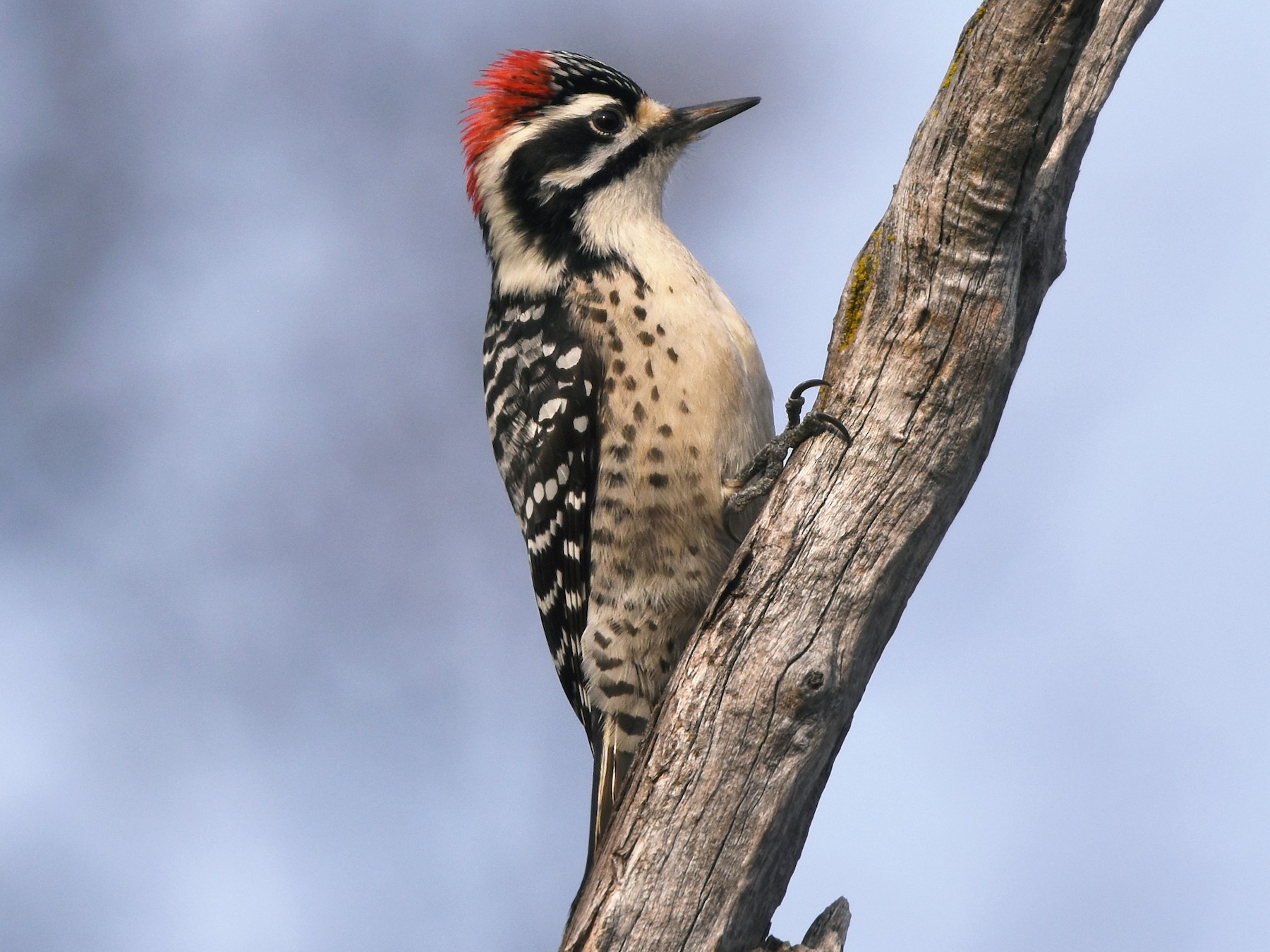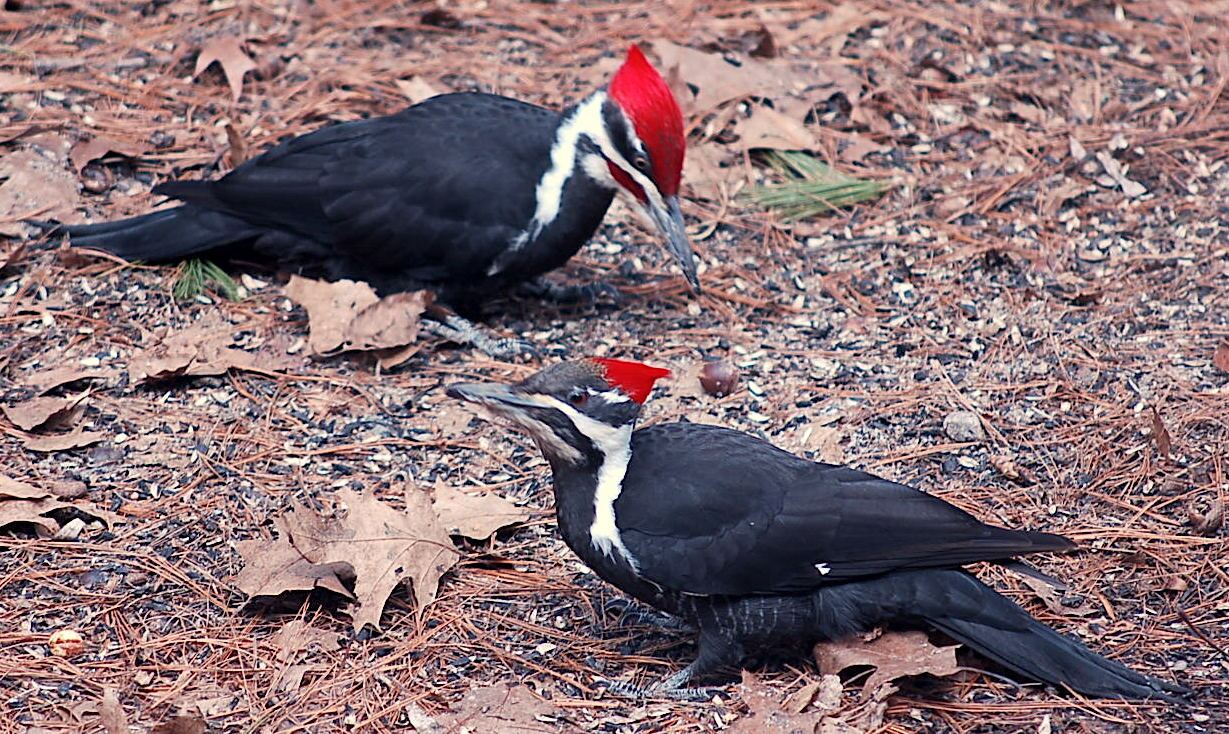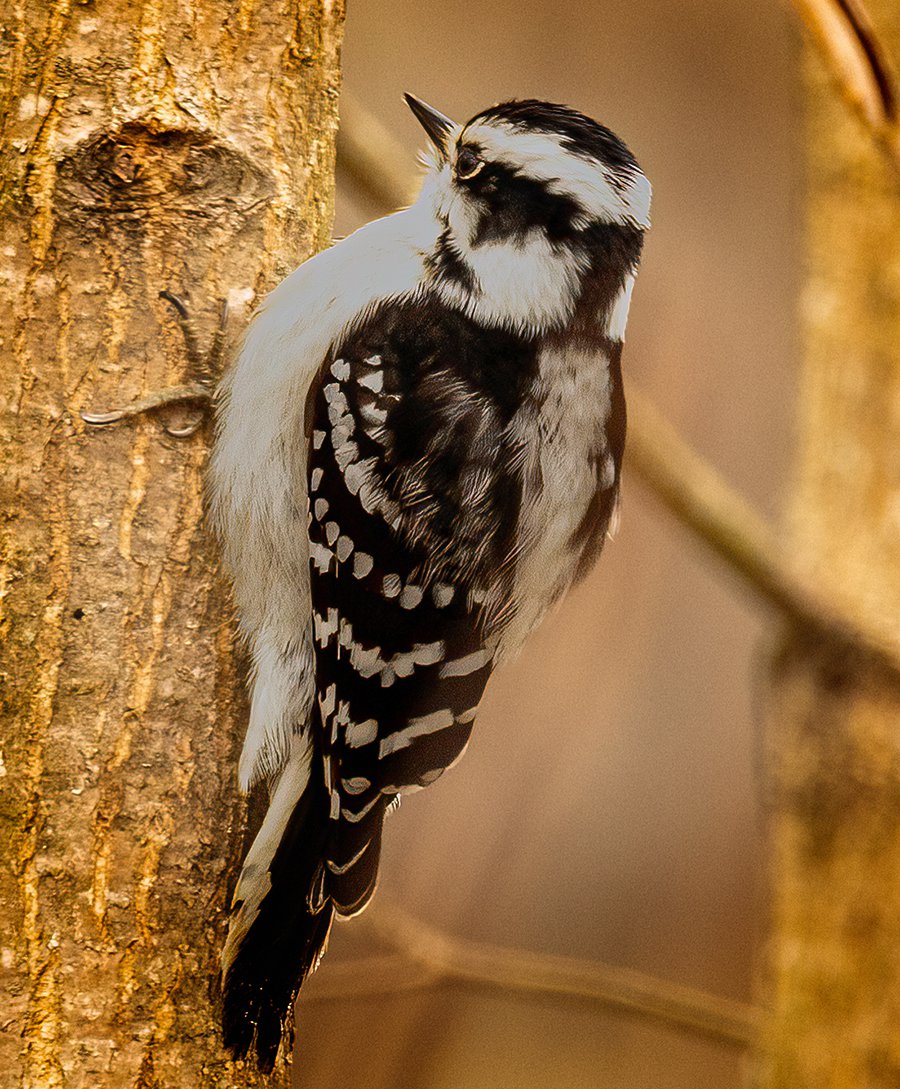Woodpeckers in Florida: Recognition Tips and Habitat Preferences
Woodpeckers in Florida: Recognition Tips and Habitat Preferences
Blog Article
Discover the Remarkable World of Woodpeckers: Every Little Thing You Required to Know
The world of woodpeckers is a world filled with one-of-a-kind behaviors, detailed adaptations, and a diverse array of types. From their environments and distribution patterns to their feeding practices and specialized physiological functions, woodpeckers have actually long astounded the rate of interest of ornithologists and nature enthusiasts alike.
Woodpecker Habitats and Circulation
In North America, for instance, woodpeckers can be spotted in both coniferous and deciduous forests, utilizing their strong beaks to forage for pests and create nesting cavities in trees. In Africa, specific woodpecker species have actually adapted to dry atmospheres, such as the acacia timberlands, where they play a critical function in managing insect populations.

Feeding Behaviors and Diet Plan
Woodpeckers utilize their strong beaks to pierce right into the bark of trees, penetrating for insects and larvae hidden below the surface area. In enhancement to bugs, woodpeckers additionally eat nuts, seeds, fruits, and sap.
Woodpeckers are recognized for their drumming behavior, which serves not just to connect with various other woodpeckers yet likewise to situate food. The quick drumming sound is developed by the bird pecking on resonant surfaces like dead trees or metal poles. This actions can attract bugs concealed in the timber, allowing the woodpecker to discover their presence and feed upon them.
Special Adjustments for Tree Climbing
In their experienced quest of bugs concealed within tree bark, woodpeckers have actually evolved impressive anatomical features that furnish them with unique adjustments for efficient tree climbing. Among the key adaptations is their zygodactyl feet, with two toes pointing onward and two pointing backward, offering a strong grip on tree trunks. This customized foot arrangement allows woodpeckers to stick to upright surface areas easily, allowing them to relocate up and down trees with agility. In addition, woodpeckers have stiff tail feathers that work as a helpful prop while they climb, assisting in equilibrium and security. Their solid, chisel-like beaks are not just made use of for boring into timber however additionally for gripping onto bark as they rise tree trunks. In addition, woodpeckers have strong neck muscles and an unique skull structure that absorb the impact of consistent pecking, enabling them to climb up vertically without creating damage to their minds. These adjustments showcase the unbelievable visit the website transformative style that makes it possible for woodpeckers to navigate trees with accuracy and performance.
Diverse Woodpecker Variety Worldwide
With like this over 200 different types spread across various environments worldwide, the household of Picidae incorporates a remarkable variety of woodpeckers. These birds can be discovered in woodlands, woodlands, savannas, and also urban areas, showcasing their adaptability to different atmospheres. From the legendary Northern Flicker in The United States And Canada to the colorful and evasive Crimson-backed Flameback in Asia, each woodpecker types exhibits distinct attributes in terms of tuft, actions, and habitat preference.
Woodpeckers differ considerably in size, with the petite Downy Woodpecker gauging around 6-7 inches in size, while the effective Lineated Woodpecker can rise to 17 inches - Woodpeckers in Florida. Their beaks also can be found in various forms and dimensions, reflecting their feeding habits. Some species concentrate on extracting pests from tree bark, like the Acorn Woodpecker, while others, such as the Black-cheeked Woodpecker, feed on fruits and seeds

Preservation Efforts and Difficulties
Preservation initiatives for woodpecker populations are essential in alleviating the effect of habitat loss and various other dangers encountering these varied bird varieties. Woodpeckers encounter different difficulties to their survival, mainly due to logging, urbanization, climate modification, and invasive varieties. To deal with these concerns, preservation efforts focus on protecting and bring back woodpecker environments, carrying out lasting forestry techniques, and elevating understanding linked here concerning the significance of these birds in ecosystems.
One substantial challenge in woodpecker preservation is the fragmentation of their environments, causing separated populations that are extra vulnerable to termination - Woodpeckers in Florida. Preservationists work to develop wild animals hallways and secured locations that link these fragmented environments, allowing woodpeckers to move in between various locations for feeding, breeding, and shelter

Final Thought
In final thought, woodpeckers are interesting birds with distinct adjustments for tree climbing and feeding behaviors. Additional study and preservation actions are required to ensure the survival of woodpeckers in the wild.
Report this page